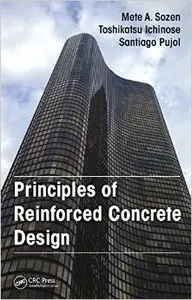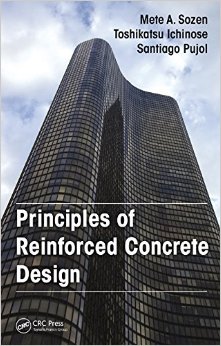Mete A. Sozen, Toshikatsu Ichinose, "Principles of Reinforced Concrete Design"
2014 | ISBN-10: 1482231484 | 295 pages | PDF | 11 MB
2014 | ISBN-10: 1482231484 | 295 pages | PDF | 11 MB
Encouraging creative uses of reinforced concrete, Principles of Reinforced Concrete Design draws a clear distinction between fundamentals and professional consensus. This text presents a mixture of fundamentals along with practical methods. It provides the fundamental concepts required for designing reinforced concrete (RC) structures, emphasizing principles based on mechanics, experience, and experimentation, while encouraging practitioners to consult their local building codes.
The book presents design choices that fall in line with the boundaries defined by professional consensus (building codes), and provides reference material outlining the design criteria contained in building codes. It includes applications for both building and bridge structural design, and it is applicable worldwide, as it is not dependent upon any particular codes.
Contains concise coverage that can be taught in one semester
Underscores the fundamental principles of behavior
Provides students with an understanding of the principles upon which codes are based
Assists in navigating the labyrinth of ever-changing codes
Fosters an inherent understanding of design
The text also provides a brief history of reinforced concrete. While the initial attraction for using reinforced concrete in building construction has been attributed to its fire resistance, its increase in popularity was also due to the creativity of engineers who kept extending its limits of application. Along with height achievement, reinforced concrete gained momentum by providing convenience, plasticity, and low-cost economic appeal.
Principles of Reinforced Concrete Design provides undergraduate students with the fundamentals of mechanics and direct observation, as well as the concepts required to design reinforced concrete (RC) structures, and applies to both building and bridge structural design.



